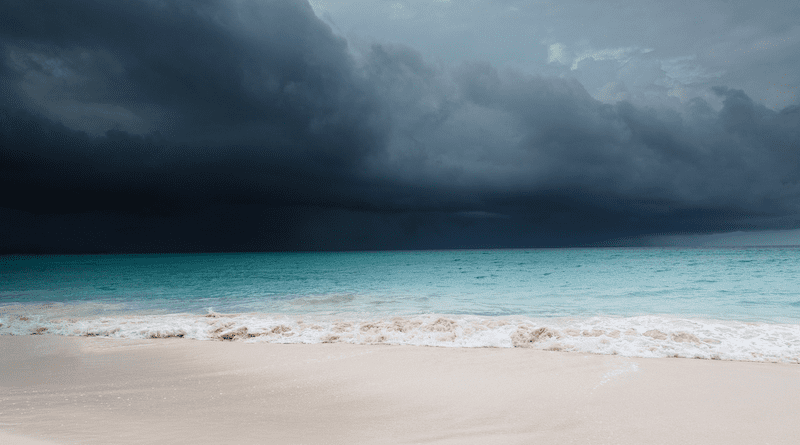The 2020–2021 Prolonged La Niña Evolution In The Tropical Pacific
The tropical Pacific is currently experiencing a prolonged La Niña condition (three years in row or called triple La Niña events), which has great impact on the weather and climate globally.
Recently, Chuan Gao from the Institute of Oceanology, Chinese Academy of Sciences (IOCAS), Rong-Hua Zhang from the Nanjing University of Information Science and Technology and colleagues performed observations-based analyses and coupled ocean-atmosphere modeling to understand the processes responsible for the 2nd-year cooling in 2021, with a turning of SST change in mid-2021. Their findings were published in Science China Earth Sciences.
They found the sea surface temperature (SST) evolution in the eastern equatorial Pacific is determined by the relative dominances of local and remote effects due to the subsurface temperature anomalies in the east and from the west. During early- and mid-2021, a competition was present between these local and remote effects associated with subsurface thermal anomalies. When the remote warming effect dominates the local cooling effect, the cold SST condition in the east is likely to turn into neutral and warm conditions; otherwise, it tends to continue. In addition, the negative subsurface thermal anomalies were sustained and enhanced by off-equatorial processes due to equatorial wave reflections at the eastern boundary associated with the 2020 La Niña event.
“The SST evolution in mid-2021 corresponded to a situation in which the warming effect associated with positive subsurface thermal anomalies from the west were not strong enough to counteract the local cooling effect associated with negative anomalies in the east.” said Prof. Rong-Hua Zhang, “In due course, cold SST anomalies in the east developed again and the second-year cooling reoccurred in late 2021, with a turning point in June 2021.”
The intermediate coupled model operated at the IOCAS, has routinely used to make real-time ENSO prediction; its results have been collected in the International Research Institute for Climate and Society (IRI). Modeling experiments support these arguments and indicate that the intensity of subsurface thermal effect on SST needs to be adequately depicted for coupled models to capture the 2021 second-year cooling conditions in the tropical Pacific. “That’s why our model (IOCAS ICM) can well predict the 2nd-year cooling in 2021, and particularly capture the transition of SST anomalies with a turning point in June 2021.” said Prof. Rong-Hua Zhang.

